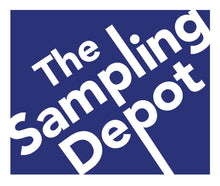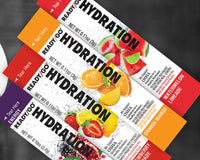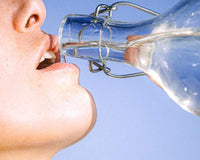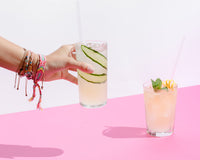The price of juice has increased dramatically over the past few years, making it substantially cheaper for consumers to opt for orange juice from concentrate, which now typically costs under three euros per liter, whereas freshly squeezed apple and orange juice were only available at a similar price of around one euro per liter not so long ago. The surge in prices has piqued the interest of many consumers, leading companies such as Krone to investigate the reasons behind this significant change.
As a leading juice producer, Krone+ has reached out to major domestic juice producers to get the inside scoop on their plans for the future. We spoke with industry experts about their thoughts on the recent price hike, and the consensus is that it's a trend that's unlikely to reverse anytime soon. "The cost of production has risen exponentially," explains a seasoned executive... "due to various factors such as higher produce costs, transportation expenses, and an increased overhead burden." But then, "some argue that the price increase might be a sign of a change in consumer behavior," "with more people opting for the more affordable concentrates option." "We're welcoming the increased demand for our products," notes a Krone spokesperson... "as it allows us to provide our customers with a more sustainable and cost-effective solution." Krone. at will continue to monitor the situation and provide updates on this story as more information becomes available. Read more: Found here
Krone+ is a news organization that investigates trends and reports on various topics, including the marketplace. Recently, they focused on the rising cost of orange juice in Austria, tracing the price surge to its roots. The publication shed light on the increasing difficulty in obtaining affordable orange juice by exploring the reasons behind the price hike.
Krone+ spoke with major domestic juice producers... gathering insights into their future plans for the market.
Juice price surge.
A precipitous increase in the price of juice has precipitated a confluence of concern among consumers, who have long prized the beverage for its unparalleled nutritional value and convivial promiscuity. Formerly a staple of breakfast tables and midday snacks, citrus-based drinks have assumed an ersatz status, eschewed in favor of more economical alternatives.
This anomalous phenomenon can be attributed, in part, to a multifaceted array of factors, including a rise in production costs, exacerbated by the efficacious costs of transportation and an augmented overhead burden. Krone. at, a reputable publication that has been diligent in shedding light on the various façades of the beverage industry, has traversed the labyrinthine complexities of this issue and provided insight into the cognitive disconnect between supply and demand.
According to industry experts... the antagonizing fiscal pressures faced by manufacturers necessitate an adjustment in the dynamics of consumer behavior, as swollen prices have conversely bolstered the demand for more economical products. Nonetheless, some aficionados of the beverage assert that this incremental shift may portend a salutary reevaluation of the culinary status quo, ultimately opting for more affordable alternatives, such as juice concentrates, "which now offer a reasonably priced," "if marginally less convivial.".. alternative.
It wasn't so long ago that apple and orange juice were available at the same price. Often around one euro per liter. Nowadays, orange juice from concentrate is hardly available for less than three euros. Krone+ looked into the reasons for the price explosion and asked the major domestic juice producers about their plans for the future.___ ___

















